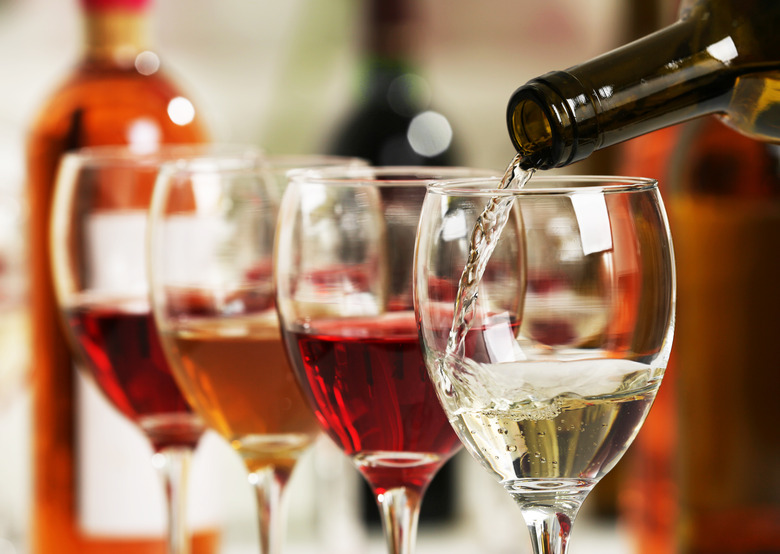China Takes A Step Toward Classifying Its Wines
The China Alcoholic Drinks Association, the country's alcoholic beverage trade organization, is set to award the trademark designation of "estate wine" to some 16 Chinese wine producers, most of them in the Xinjiang, Hebei, and Ningxia regions of northern China.
The wineries, which include such properties as Château Bolongbao, Château Zhongfei, and Xinjiang Ruitai Qing Lin Wine, must own or control their vineyards; produce and bottle their offerings on site; limit their vineyard yields; and meet specific quality standards.
The Chinese wine industry has exploded in the past 20 years, with plantings of classic European grape varieties like cabernet sauvignon, merlot, marselan (a grenache-cabernet sauvignon cross), and chardonnay. China now has the second-largest vineyard area in the world, comprising about 830,000 hectares (2,050,974 acres) — second only to Spain, with a million hectares (2,471,054 acres). It is also the fifth-largest wine producer, after only Italy, Spain, France, and the U.S.
The Chinese government had earlier given appellation-like GI (Geographical Indication) designations to several wine regions, but the rules governing them are nowhere near as rigorous as those for France's appellation contrôlée or the U.S. American Viticultural Area classifications. According to Li Demai, an associate professor of wine tasting and enology at Beijing Agricultural College, writing on DecanterChina.com, the government classification "had little actual effect in the market because it is far less forceful than the trademark law."
